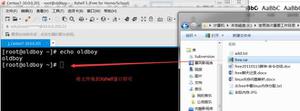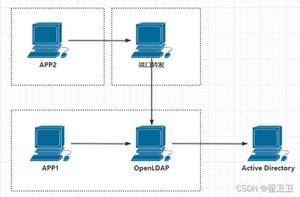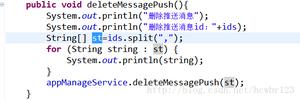Python-为什么random.shuffle返回None?
为什么要用Python random.shuffle返回None?
>>> x = ['foo','bar','black','sheep']>>> from random import shuffle
>>> print shuffle(x)
None
我如何获得改组后的值而不是None?
回答:
random.shuffle()更改x列表到位。
就地更改结构的Python API方法通常返回None,而不是修改后的数据结构。
如果要基于现有列表创建新的随机混排列表,并按顺序保留现有列表,则可以使用random.sample()输入的完整长度:
x = ['foo', 'bar', 'black', 'sheep']random.sample(x, len(x))
你还可以将sorted()with random.random()用于排序键:
shuffled = sorted(x, key=lambda k: random.random())但这会调用排序(O(NlogN)操作),而采样到输入长度仅需要O(N)操作(与random.shuffle()所使用的过程相同,即从收缩池中换出随机值)。
演示:
>>> import random>>> x = ['foo', 'bar', 'black', 'sheep']
>>> random.sample(x, len(x))
['bar', 'sheep', 'black', 'foo']
>>> sorted(x, key=lambda k: random.random())
['sheep', 'foo', 'black', 'bar']
>>> x
['foo', 'bar', 'black', 'sheep']
以上是 Python-为什么random.shuffle返回None? 的全部内容, 来源链接: utcz.com/qa/434559.html








